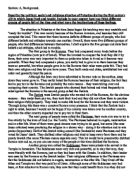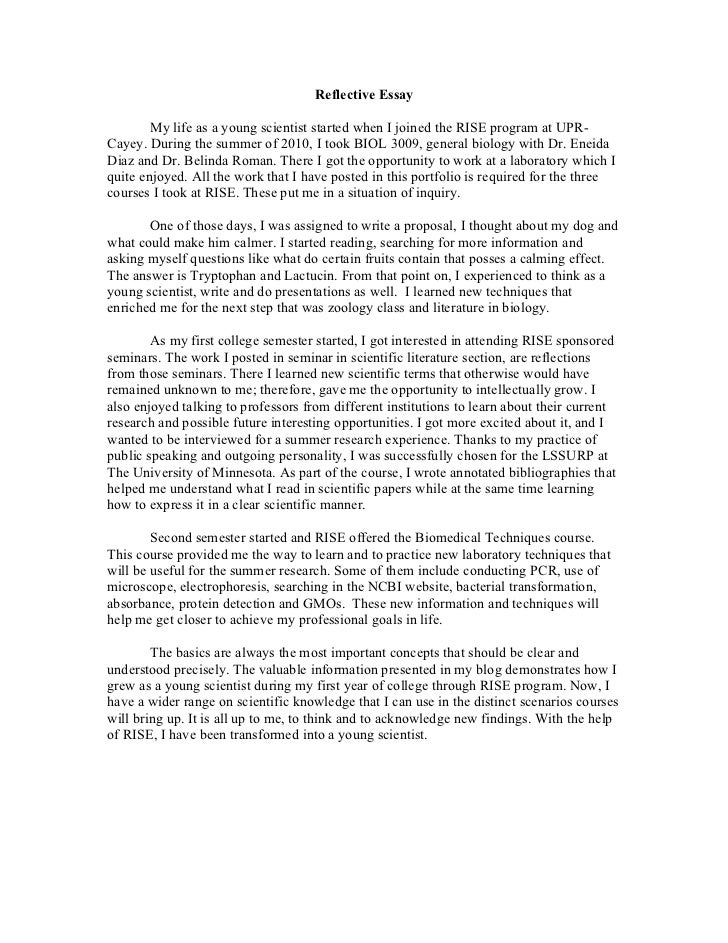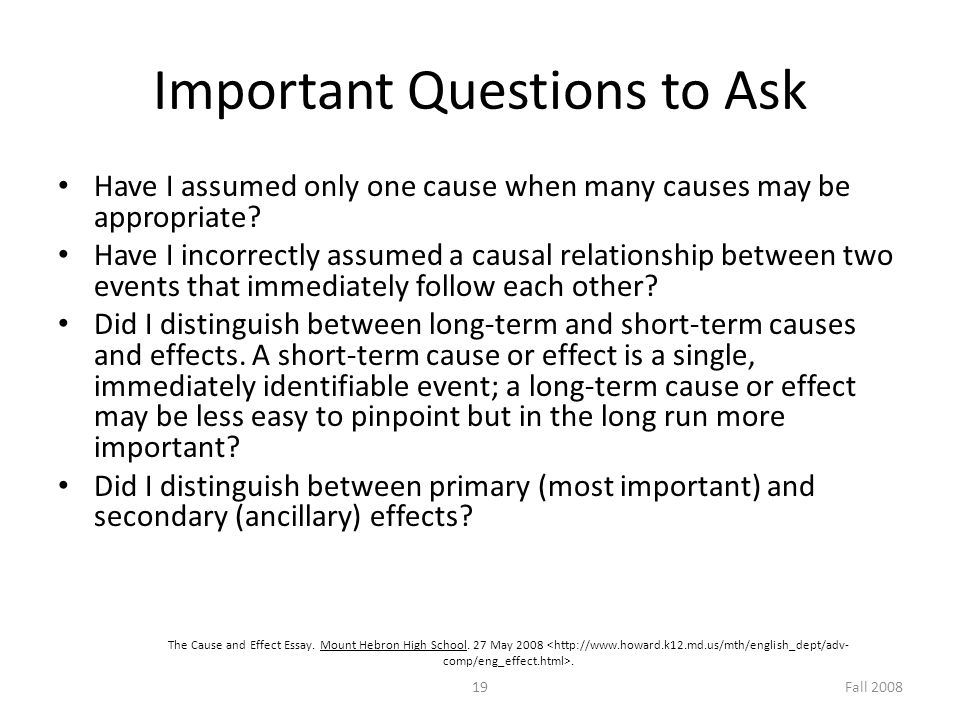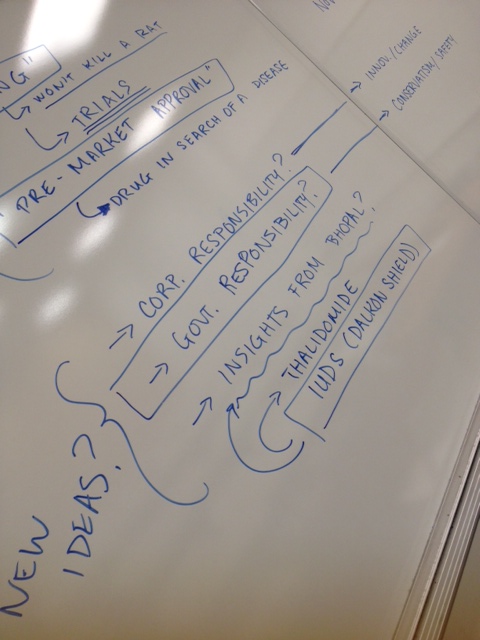Case Study Analysis Split My Brain: A Case Study O.
This case involves a couple deciding whether or not their son should undergo brain surgery to treat a severe seizure disorder. In examining this dilemma, students apply knowledge of brain anatomy and function. They also learn about brain scanning techniques and discuss the plasticity of the brain.This article presents a case study on seizure disorder and brain function. This case involves a couple deciding whether or not their son should undergo brain surgery to treat a severe seizure disorder. In examining this dilemma, students apply knowledge of brain anatomy and function.He found that if hemispheres were not connected, they functioned independently of one another, which he called a split-brain. The split-brain enabled animals to memorize double the information. Later, Sperry tested the same idea in humans with their corpus callosum severed as treatment for epilepsy, a seizure disorder. He found that the hemispheres in human brains had different functions.
Michael Gazzaniga and Roger W. Sperry, the first to study split brains in humans, found that several patients who had undergone a complete calloscotomy suffered from split-brain syndrome.In.Case Study Analysis Split My Brain: A Case Study of Seizure Disorder and Brain Function The rehabilitative power of our brain when we are young is absolutely amazing. Read the following case study about a child with epilepsy and the decision that must be made about conducting a hemispherectemy to eliminate the debilitating seizures.

A: Rasmussen Syndrome is a rare degenerative brain malady that usually spurs from the onset of seizures and is typically unresponsive to medication. Usually the malady begins in one hemisphere of the brain and, over time, can migrate to the other hemisphere without a hemispherectomy.












